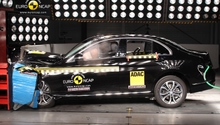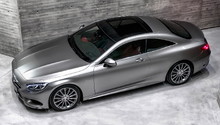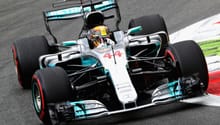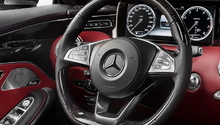Mercedes-Benz C-Class W204: Crash Test and Safety Ratings
Mercedes-Benz is known for its luxury, comfort and racing heritage. But a manufacturer of this caliber must invest just as much into safety technology. Read more to find out how it does.
This article applies to the Mercedes-Benz C-Class (2007-2014).
There is an aura of added safety that comes with the purchase of a German vehicle – the belief that because it is expensive and luxurious, it will also have added safety. But is this really true? The only way to tell is to analyze the crash and safety ratings, but unfortunately that can be a confusing process of its own, as there are mandated government tests and ratings, manufacturer-specific tests, and even tests by third parties and agencies. Even different regions like the European Union and the United States have different standards for safety, making the results seem confusing and sometimes even contradicting.
Mercedes-Benz does in fact offer very safe, protective vehicles, and they perform a lot of testing that goes above and beyond government standards. But some of the safety equipment tested may not even be installed on the Mercedes-Benz C-Class that you purchased, mainly because a lot of the high-tech safety features are only available as costly extra options at the original time of purchase. Below is a breakdown of the overall safety performance of the C-Class.

Airbags and Driver Aides
Driver and Passenger Front Airbags and Seat Side Airbags
While front-mounted airbags are the norm on most vehicles, side seat airbags are mounted inside the seat and deploy in conjunction with the front airbags in case of a front, offset or side collision.

Side Curtain and Knee Airbags
One of the latest advancements are curtain and knee airbags. While curtain airbags cover back and front passengers by protecting them from glass and head injuries, knee airbags are located right in front of the knees under the dashboard to protect front occupants from knee injuries.
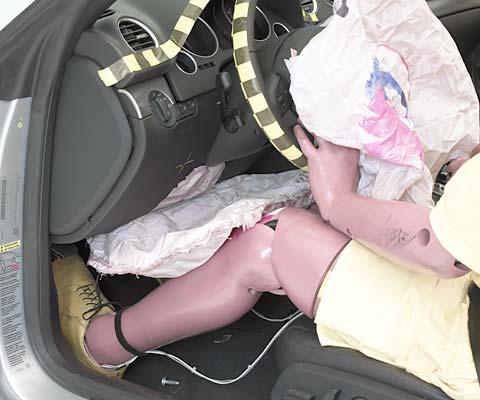
Driver Aides
Mercedes-Benz has pioneered most of the current driver aides found in today's cars. These systems include pedestrian sensors, cross traffic sensors, blind-spot monitoring, etc. There are even safety features that sound straight out of a James Bond film, such as night vision, laser-guided cruise control, aroma therapy through the AC vents, and self-steering vehicles that keep themselves on the road if you happen to doze off. These have all been developed and tested by Mercedes-Benz. The C-Class includes many of these systems, but some of them may have been sold as options, so do your research before assuming our C-Class is equipped with these.

Agency Crash Test Ratings
IIHS – Insurance Institute for Highway Safety
- Moderate Frontal Offset: Good
- Small Frontal Offset: Poor
- Overall Side Crash: Good
- Roof Strength Score: Good
NHTSA – National Highway Traffic Safety Administration
- Frontal Driver: 4 stars
- Frontal Passenger: 2 stars
- Side Driver: 5 stars
- Side Passenger Rear: 4 stars
- Rollover: 4 stars
Common Questions
Do more safety features mean that more things could go wrong?
Common sense would dictate that having more high-tech features on a car means that more issues could arise with these systems. The airbags and other safety restraining systems are commonly bullet-proof, and if something were to go wrong with them, it would be more on the electronic side of things that could cause gizmos in the system. Don't let this old adage keep you from jumping on board.
Related Discussions and Site
- NHTSA Mercedes-Benz Safety Ratings - Safecar.gov
- Mercedes-Benz C-Class Safety Flaws with IIHS tests - MBworld.org
- Mercedes-Benz C-Class Crash Test Video - MBworld.org

